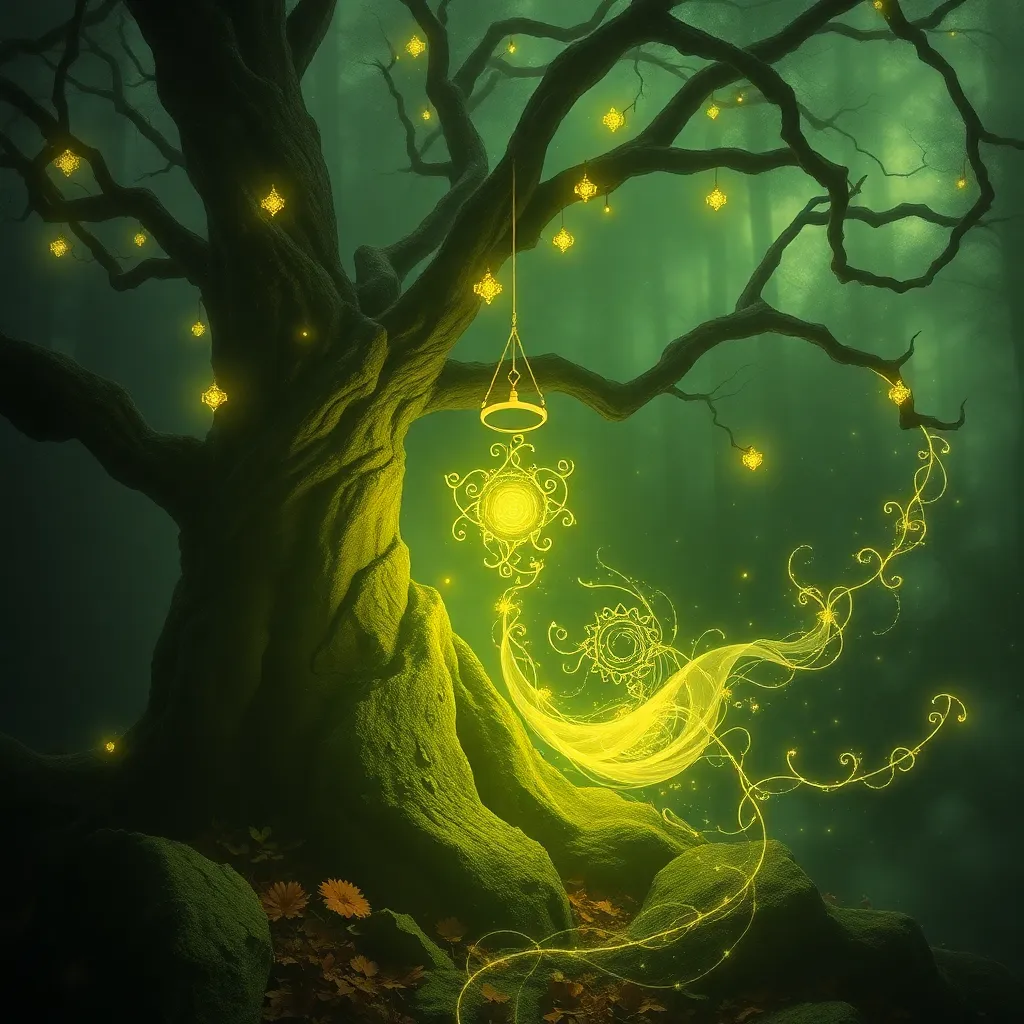Celestial Deities of Hinduism: From Brahma to Surya
I. Introduction
Hinduism, one of the oldest religions in the world, boasts a rich tapestry of beliefs, practices, and a vast pantheon of deities. At the heart of this religion are celestial deities who embody various aspects of the universe and human experience. These divine figures play crucial roles in Hindu cosmology, representing the forces of creation, preservation, destruction, and the divine feminine.
This article aims to explore the significance of key celestial deities in Hinduism, from the creator Brahma to the sun god Surya, while also touching upon lesser-known deities. Through this exploration, we will gain insight into the interconnectedness of these figures and their relevance in both ancient and contemporary Hindu practices.
II. Brahma: The Creator God
Brahma, often regarded as the creator god in Hinduism, holds a pivotal position in the cosmic order. According to Hindu cosmology, Brahma is responsible for the creation of the universe and all beings within it. He is typically depicted with four faces, symbolizing the four Vedas, and seated on a lotus that emerges from Vishnu’s navel, highlighting his connection to the preserver god.
The significance of Brahma can be found in various myths and stories. One of the most renowned narratives involves his role in the creation of the world through the hymn of creation, known as the Sūkta. Despite his importance, Brahma is less commonly worshipped in temples, with only a few dedicated to him across India.
III. Vishnu: The Preserver
Vishnu, the second deity in the Hindu trinity (Trimurti), is known as the preserver of the universe. His role is to maintain cosmic order (Dharma) and protect creation from chaos and destruction. Vishnu is often depicted reclining on the serpent Ananta, with his consort Lakshmi by his side, signifying abundance and prosperity.
One of the most fascinating aspects of Vishnu is his avatars, or incarnations, which he takes to restore cosmic balance. The ten principal avatars, known as the Dasaavatara, include:
- Matsya (Fish)
- Kurma (Tortoise)
- Varaha (Boar)
- Narasimha (Man-Lion)
- Vamana (Dwarf)
- Parashurama (Warrior with an axe)
- Rama (Prince of Ayodhya)
- Krishna (Divine Cowherd)
- Buddha (The Enlightened One)
- Kaliki (Future Warrior)
Vishnu is widely worshipped across India, with many temples dedicated to him, including the famous Tirupati Balaji Temple and the Jagannath Temple in Puri.
IV. Shiva: The Destroyer and Transformer
Shiva, the third deity of the Trimurti, embodies the duality of destruction and transformation. While often seen as the destroyer, Shiva’s role is also to pave the way for regeneration and renewal. He is depicted with a third eye, symbolizing higher consciousness, and is often accompanied by symbols such as the trident (trishula) and the crescent moon.
The complexities of Shiva’s nature are celebrated in various myths, including the tale of his marriage to Parvati, which represents the union of the masculine and feminine energies. Major festivals associated with Shiva include:
- Maha Shivaratri – A night dedicated to the worship of Shiva.
- Shivratri – Celebrated monthly, emphasizing the significance of the lunar calendar.
- Shivling Puja – Rituals performed to honor the Shiva Lingam, a symbol of Shiva.
V. Devi: The Divine Feminine
In Hinduism, the concept of the divine feminine is captured through the figure of Devi, representing Shakti, or the cosmic energy that powers the universe. Devi manifests in numerous forms, each embodying different aspects of life and nature. Major goddesses include:
- Durga – The warrior goddess who combats evil forces.
- Kali – The fierce form of Devi, representing destruction and liberation.
- Saraswati – The goddess of knowledge, music, and arts.
Devi’s worship is integral to Hindu spirituality, with festivals such as Navaratri celebrating her various forms over nine nights, and Durga Puja honoring her victory over the buffalo demon, Mahishasura.
VI. Surya: The Sun God
Surya, the sun god, holds a significant place in Hindu rituals and astrology. As a symbol of light, energy, and life, Surya is often invoked for health, strength, and prosperity. He is depicted riding a chariot drawn by seven horses, representing the seven colors of sunlight.
The significance of Surya extends to various festivals and traditions, including:
- Makara Sankranti – Celebrating the sun’s transition into the zodiac sign of Capricorn.
- Chhath Puja – A festival in honor of Surya, particularly celebrated in Bihar and Uttar Pradesh.
VII. Lesser-Known Celestial Deities
Beyond the principal deities, Hindu mythology is rich with lesser-known celestial beings, each playing vital roles in the cosmic narrative. Some of these include:
- Agni – The god of fire and acceptor of sacrifices.
- Varuna – The god of water and cosmic order.
- Indra – The king of gods, associated with rain and thunderstorms.
These deities, while not as widely worshipped as Brahma, Vishnu, and Shiva, contribute to the vast mythology and illustrate the diverse aspects of the divine in Hinduism.
VIII. Conclusion
The celestial deities of Hinduism, from Brahma to Surya, reflect the rich and intricate tapestry of Hindu cosmology and spirituality. Each deity embodies distinct principles and narratives, showing the interconnectedness of creation, preservation, destruction, and the divine feminine. As these deities continue to hold relevance in contemporary Hindu practice, they remind us of the profound richness of Hindu mythology and its celestial narratives.
Through understanding these deities, we gain insight not just into ancient beliefs but also into the ongoing spiritual journey of millions seeking connection with the divine in their everyday lives.




